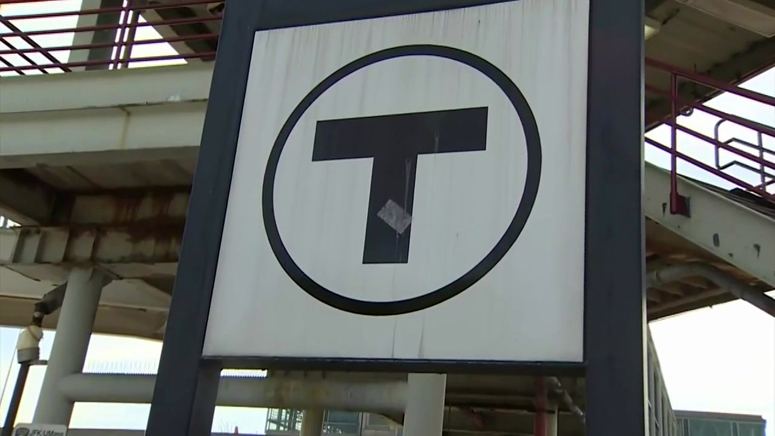In late June, the MBTA will restore service on several closed bus routes, add frequency on the highest-ridership bus lines, and boost trips on the core subway system, early steps in the agency’s effort to walk back unpopular COVID-era cuts.
Two weeks after the T’s board voted to resume pre-pandemic levels of service on most of the system “as soon as possible,” officials outlined the first major batch of changes coming to the bus network starting June 20.
MBTA Deputy General Manager Jeff Gonneville told the board on Monday that the T will resume running buses on Routes 18 in Dorchester, 52 from Dedham to Watertown, 55 in Boston to Copley Square, 68 in Cambridge and parts of the 465 that runs from Danvers Square to Salem Depot — all of which were partially or fully suspended on March 14 in a package of service cuts — in a summer schedule that takes effect June 20.
“We are not committing that we can bring back the schedules completely to what they were pre-COVID, but we are resuming service on some of these routes,” Gonneville told the board.
The T will also further boost service on some other bus lines with significant crowds that are already running more frequently than they did before the pandemic hit, such as the Routes 32 in Boston, 77 from Arlington to Cambridge, 111 and 116 between Revere and Boston, and 117 from East Boston to Revere.
The latest plan calls for increased service on the Red, Orange, Blue and Green Lines starting this summer as well, though Gonneville did not provide many details on those lines Monday. Officials intend to bring more service back in the fall as well, Gonneville said.
MBTA General Manager Steve Poftak previously said the T would craft a fiscal 2022 budget that includes funding to run a complete slate of service at pre-COVID levels, though he noted it would take time to rebuild that capacity.
In December, the T’s board approved a package of cuts affecting all modes, aiming to recalibrate service while ridership languished at less than a third of pre-pandemic averages. The proposal drew sharp criticism from federal lawmakers and others, who said the T should not trim service after receiving nearly $2 billion in aid, prompting the agency to pivot late last month.
Gonneville said efforts to restore service quickly are complicated by staffing challenges. The MBTA did not lay off employees in response to its COVID-fueled budget crunch, but its workforce still shrunk from close to 1,680 to about 1,660 due to attrition and hiring has been slow to fill openings.
Between 30 and 40 MBTA employees are out of work with active COVID-19 cases, Poftak said. Workforce impacts and distancing requirements mean there are fewer operators and buses available to run pre-pandemic service levels, he said.
“We’re continuing to hire, continuing to move and progress through the process. We’re going to get to a point where every eight weeks, we are going to have operators again coming back to the system and being available for bus operations,” Gonneville said. “We are confident that by fall of 2021, we absolutely will be where we’re at the point for headcount level where we were pre-COVID.”
One component of the T’s new strategy is an increased reliance on “extraboard,” a term Gonneville used to describe staff who are scheduled with flexibility to cover any routes or shifts impacted by absences or sudden spikes in demand.
Moving forward, Gonneville said about 15 to 17 percent of trips would rely on those flexible schedules and 2 to 4 percent on overtime, compared to a pre-pandemic model using about 5 percent overtime and 13 percent flex extraboard.
(Copyright (c) 2024 State House News Service.

